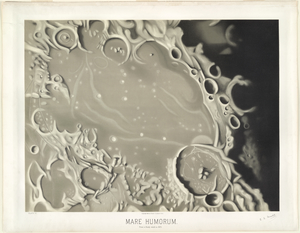The greater the resistance (R) of a circuit, the less current (I) will flow through it (an inverse relationship). The equation is:
Current = Voltage / Resistance


Resistors can be actual resistors, lamps, toasters, or anything else that uses electricity. Even the wires have resistance (but we don’t usually consider that since it’s small compared to the resistance of the other stuff).
The total resistance of a circuit depends on the way the resistors are arranged:
- Series:
- Add the resistances.

- More resistors in series reduce the amount of current in the circuit. (dimmer lights)
- Parallel:
- Add the inverse of the resistances to get the inverse of the total resistance.

- More resistors in parallel increase the amount of current used by the circuit. (brighter lights).

(Notes: Current is a bit like water flowing through a pipe. Resistors are blockages that slow down the flow. Put two blockages, one after the other, and you reduce the flow rate. If you put two blockages into two different channels then though each one slows down flow the total flow is larger.)
As you put in more and more parallel circuits you draw more and more current until you overload the circuit and the wires heat up enough to burn through their insulation. Fuses (or circuit breakers) are used to prevent this; they burn out, breaking the circuit, when too much current goes through them.
Questions:
- Why are appliances in your house almost always connected in parallel and not in series?
- Which bulbs will be brighter: two bulbs in series, or two bulbs in parallel?
- What are the total resistances and the total current that runs through the two circuits in the diagram?
- What is the total power used by the two circuits in the diagram? Remember, Power = Voltage × Current






